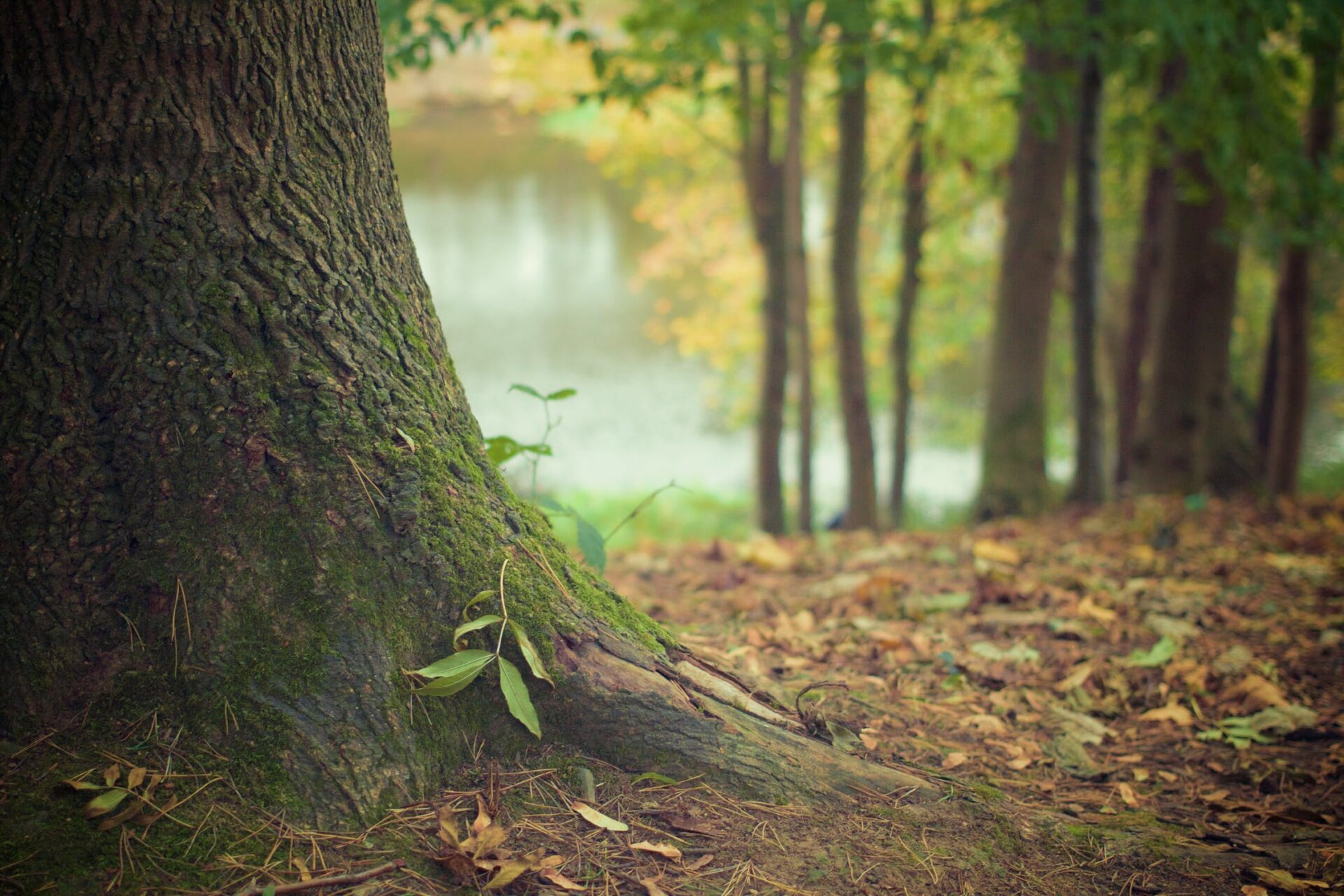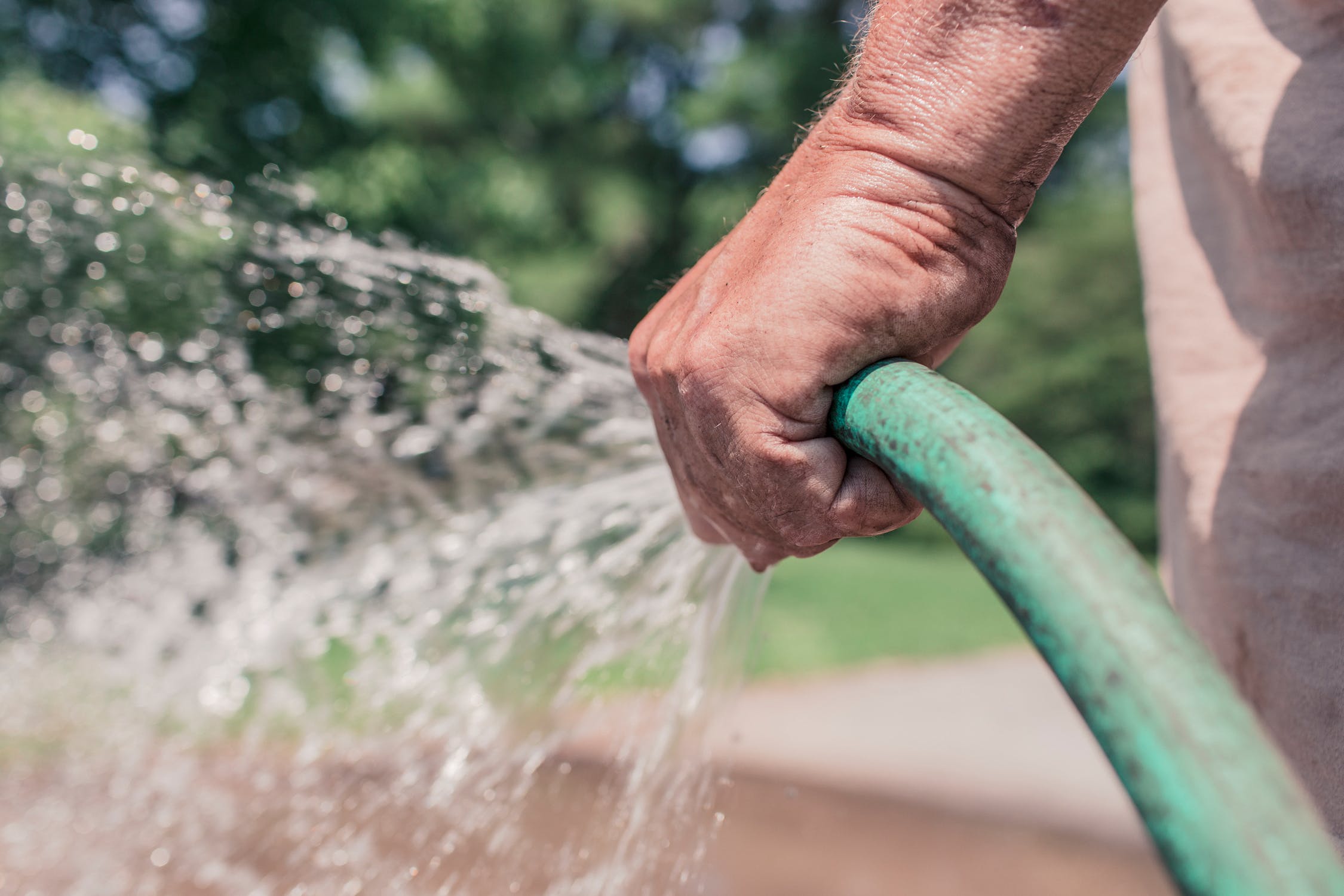
One of the most commonly asked questions regarding trees is how to prevent your tree’s roots being damaged and what is the best way to manage them. Below are some of the most common tips we give to tree-owners on how to care for the roots and surrounding grounds.
Plan Before You Plant
Trees are tough plants and their roots fight back against man-made obstacles surrounding them. In urban areas, tree roots are often forced to grow between buildings and under driveways and pavements. As they grow, the tree roots can potentially cause damage to properties by breaking walls and pipes so when planting trees, it’s best to keep in mind that depending on how tall the tree will grow, the further away from any buildings or pavements it needs to be. Medium to large trees should ideally be planted at least 10 feet from any buildings or other structures.
- Small trees can reach 20 feet at maturity.
- Medium trees can reach between 20 to 40 feet at maturity.
- Large trees are 40+ feet at maturity.
Trees should be planted at least 2 feet away from any structures regardless of how big the tree will grow. However, to minimise damage to any structures then trees should be allowed at least 8 feet to grow.
How to Fix the Problem?
Some people deal with intrusive tree roots by grinding them down or removing them but this can be expensive and cause serious lasting damage to the tree. If you injure a tree’s roots then it creates a point of entry for bacteria, leaving it vulnerable to diseases.
Also, if you cut the major roots of a tree then it vastly reduces the tree’s ability to take in water nutrients, making it more susceptible to drought. Removing these roots also weakens the tree’s structural support meaning that it is more likely to pose a risk of falling over in high winds. So, if you are planning on dealing with a tree that’s causing you problems then just keep these tips in mind:
- Avoid cutting any roots that are over 2 inches in diameter
- Remember roots recover a lot better from being severed when you cut them cleanly with a saw, mulch and water them after pruning, then fertilise them in Spring
How Can You Avoid Damaging Your Tree When Planting?
Make sure you’re planting your trees at good enough depths as you’ll find that surface roots are extremely common in trees that weren’t planted deep enough, which are obviously not healthy for the trees or their surrounding areas.
These surface roots become even more noticeable when the trees have been planted close to a pavement or a driveway. The roots will start to lift the pavement, resulting in an uneven surface which will present a safety risk to the general public and yourselves. Surface roots are also vulnerable to potential freeze damage during the winter so make sure you avoid encouraging surface roots to rise.
If you do have a tree with surface roots, then the best way to avoid damaging them with a lawnmower or with trimmers is to lightly mulch between the roots.
Deciding What to Plant
When deciding what trees to plant, (you can use our website for ideas on types of trees that may be suitable for you) you need to consider which trees will cause minimal damage. Since the health of trees is put at risk when their roots are severed or damaged, anything you can do to reduce the damage that will be potentially be caused by your tree to surrounding areas will also benefit the tree.
In areas that are within 5 to 7 feet of a pavement or another structure, you should only plant trees that grow to a maximum height of 30 metres. You should also only plant trees that grow to a maximum height of 50 metres in areas that are within 7 to 10 feet of a pavement or structure. Also, before you plant, you should check for any overhead lines and decide where to plant accordingly so as to leave enough room for the tree to grow to maximum height.
The Telegraph have a great list of what trees are best for smaller gardens right here.
Get in Touch
If you need more advice on to how to prevent damage to your tree roots or what trees would be most suitable for you then get in touch with our team on 0161 456 0989 or 01625 850 320.


Recent Comments